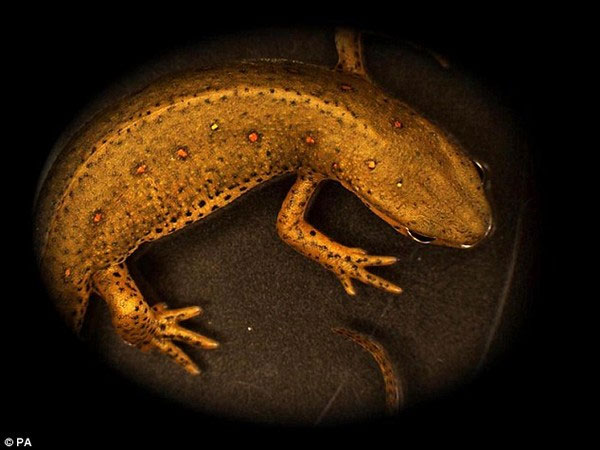Humans can 'grow back and forth' like reptiles
Researchers at University College London (UCL) have recently discovered the essential cells for re-regenerating lost limbs in the salamand, opening up new perspectives in replicating this ability in humans. .
The salamanders or lizards are considered as amphibians known for their ability to replace new parts after their old bodies are lost.

Through research, experts have identified the activity of immune cells called "ERK macrophages" that play an important role in regeneration in salamanders.
In addition to the ability to regenerate limbs, ERK also helps organisms to regenerate their tails, jaws, eyes, and even spinal cord. In cells in mature mammals, ERK is not entirely active but offers greater potential for regeneration.
Through the ERK pathway, proteins will signal from the cell surface to the cell nucleus containing genetic material, forming a regenerative structure.
Leading scientist, Dr. Max Yun of UCL Institute of Molecular and Molecular Biology said: "We were amazed at the impressive ability to reproduce complex structures including eyes, heart, Spinal cord, tail or even spinal cord in amphibians, such as salamanders ".

He added: "The discovery of a regenerative pathway through ERK will help us open up new hopes in the research process to regenerate human cells."
Now, experts continue to focus on understanding the important pathway that regulates the regeneration of the legs, arms and other molecules involved in the process.
The study was published in Stem Cell magazine.
- Bald men's hair can grow back
- Reptiles are as big as dogs, with venom before snakes appear
- Reptiles in danger of extinction
- Can human fingers grow back after breaking?
- Instructions on how to grow and care for cherry tomatoes that produce fruits throughout the year
- New technology helps teeth break back
- Successful breeding of reptiles lived before dinosaurs
- Why does the wisdom tooth usually sore?
- Reveal the concussion about alien reptiles in human form, conspiracy to rule the world?
- Instructions for planting clean herbs at home
- See 550 million years of human evolution in 1 minute
- Scientists rewrite the evolutionary history of reptiles
 Green tea cleans teeth better than mouthwash?
Green tea cleans teeth better than mouthwash? Death kiss: This is why you should not let anyone kiss your baby's lips
Death kiss: This is why you should not let anyone kiss your baby's lips What is salmonellosis?
What is salmonellosis? Caution should be exercised when using aloe vera through eating and drinking
Caution should be exercised when using aloe vera through eating and drinking